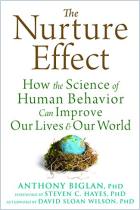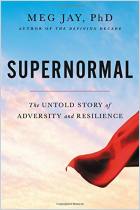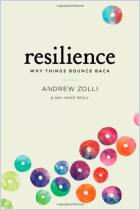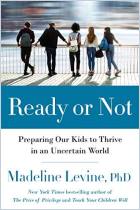
Read or listen offline
Amazon Kindle
automatisch generiertes Audio
1×
Melden Sie sich an, um die Audiozusammenfassung anzuhören.
automatisch generiertes Audio
Recommendation
Childhood trauma can haunt people for a lifetime. Yet some children manage to thrive despite the odds. How to unlock and nurture a child’s inner strengths to overcome adversity is a question that psychologists in the field of resilience research are trying to answer. Writing for Science magazine, Emily Underwood explains how psychologists have started to translate some of their theoretical findings into practice through intervention programs in conflict areas around the world. The article will engage anyone concerned about how to address the impact of conflict and trauma on the next generation.
Summary
About the Author
Emily Underwood is a contributing correspondent for Science.
By the same author
Article
Learners who read this summary also read
Book
Book
Podcast
Book
Book


















Comment on this summary or Diskussion beginnen